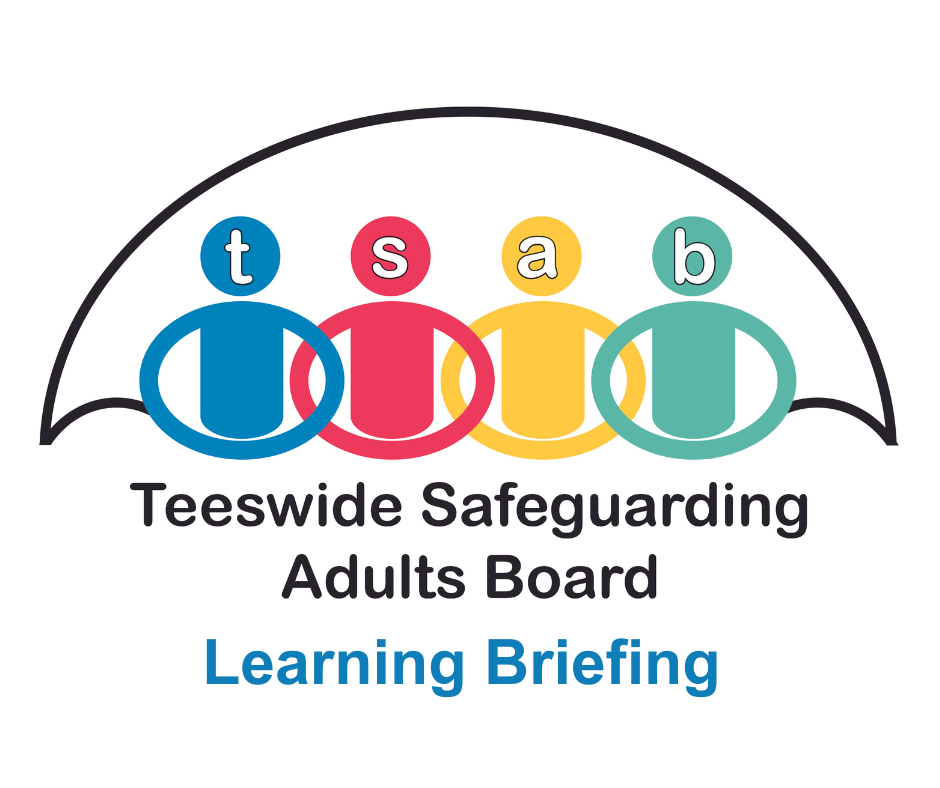
Background
Professionals describe Evie as a wonderful, charismatic girl. In Evie’s early years she experienced a traumatic, abusive relationship with her mother. As a teenager she managed caring responsibilities for her Mum.
Evie went on to experience several placement moves, including foster placements and residential care before being returned to the care of her Mum.
There had been long-standing concerns regarding suicidal thoughts and Evie had attempted suicide on a number of occasions in her childhood. The most significant incident had taken place a month after the death of her mother which caused a deterioration in Evie’s mental health. By the time of Evie‘s mum’s death her mum had been in a coma for 6 months. Evie was managing her course work and also managing her mother’s bank accounts/probate, tenancy and overwhelming grief. Evie was 19 when she died following an overdose.
Key Learning Points
- Language and Labels in Recording – Care should be taken in using terms like “resilient,” as they can detract from recognising vulnerability.
- Understanding Early Years – Agencies supporting corporate parenting responsibilities should understand a young person’s early years, including relationships with family and extended networks (including friends).
- Support Networks – Assessments should consider and involve a broad range of support networks including family and close friends.
- Information Sharing/ Multi-Agency Working – Agencies must share information where appropriate about vulnerable individuals to ensure accurate risk assessments and plans, particularly regarding suicide risks/attempts. See TSAB’s Collaborative Working and Information Sharing between Professionals to Protect Adults.
- Risk Assessments – Risk assessments should reflect up-to-date risks and be dynamic in nature.
- Safeguarding Concerns – Awareness raising activities are needed to improve understanding of how and when to make Safeguarding Concerns and understanding the differences in legislation between Child Safeguarding and Adult Safeguarding. Where appropriate, feedback should always be communicated back to the referrer of what has happened to any Safeguarding Adult Concerns raised.
- Escalation and Professional Challenge – Professionals should be clear about local arrangements for escalating concerns or offering professional challenges. See TSAB’s Professional Challenge Guidance and Learning Briefing.
- Transitions – Whole systems change is required for transitional safeguarding integrating the right people including health organisations for a person-centred approach.
Next Steps for Practitioners
To embed the learning from the Evie Safeguarding Adult Review into everyday practice, practitioners are encouraged to take the following actions:
- Embed Trauma-Informed Practice
- Reflect on how trauma may influence behaviour, engagement, and decision-making.
- Ensure assessments and interventions are sensitive to past trauma, especially in care-experienced young people.
- Strengthen Transitional Safeguarding
- Review your service’s approach to supporting young people transitioning from children’s to adult services.
- Use TSAB’s Multi-Disciplinary Team Guidance to support collaborative planning.
- Improve Suicide Risk Management
- Ensure safety planning post-suicide attempt is robust, person-centred, and aligned with NICE Guidance.
- Involve significant others where appropriate and ensure follow-up support is in place.
- Review internal policies to ensure they reflect best practice in suicide prevention.
- Promote Effective Information Sharing
- Familiarise yourself with TSAB’s Collaborative Working and Information Sharing Guidance.
- Ensure timely and proportionate sharing of information, especially around suicide risk, housing instability, and bereavement.
- Enhance Bereavement Support Pathways
- Identify local services offering bereavement and anticipatory grief support.
- Ensure care leaver status is considered when assessing eligibility for enhanced support.
- Include bereavement needs in assessments and care plans.
- Use Language Thoughtfully
- Avoid labels like “resilient” without acknowledging underlying vulnerability.
- Promote respectful, person-centred language in records and communications.
- Escalate and challenge when needed
- Be familiar with local escalation routes and TSAB’s Professional Challenge Procedure and Learning Briefing.
- Encourage a culture where professional challenge is welcomed and used constructively.
- Reflect and share learning
- Use Evie’s story in team discussions, supervision, and training.
- Encourage reflective practice and identify areas for improvement in your own service.
- Share learning across agencies to promote a consistent and informed approach.
Questions for Consideration
Bereavement Support – can you help to identify and refer or provide bereavement support, including anticipatory grief and ensuring that care leaver status influences available support?
Children and Adult Safeguarding Referral Processes – do you know the differences in legislation between child safeguarding and adult safeguarding? Can you learn more to ensure that you include relevant information in any referrals so that the appropriate action can be taken. See TSAB’s Decision Support Guidance. Do you know how to escalate or professionally challenge when necessary? What other ways can you work together if there are concerns about risk? See TSAB’s Multi-Disciplinary Team Guidance. See Tees Procedures for more information on the process for safeguarding children.
Housing Support – do you know how to liaise effectively with housing teams/providers including raising awareness of care leaver status or suicide risks?
Transition – how do you share/seek information as vulnerable children approach the age of 18. How can agencies work together to ensure a smooth transition into adulthood?
Safety Planning Post Suicide Attempts – what policies do you have in place regarding safety planning after suicide attempts? Do these align with NICE Guidance including consideration of informing /involving significant others and family members?